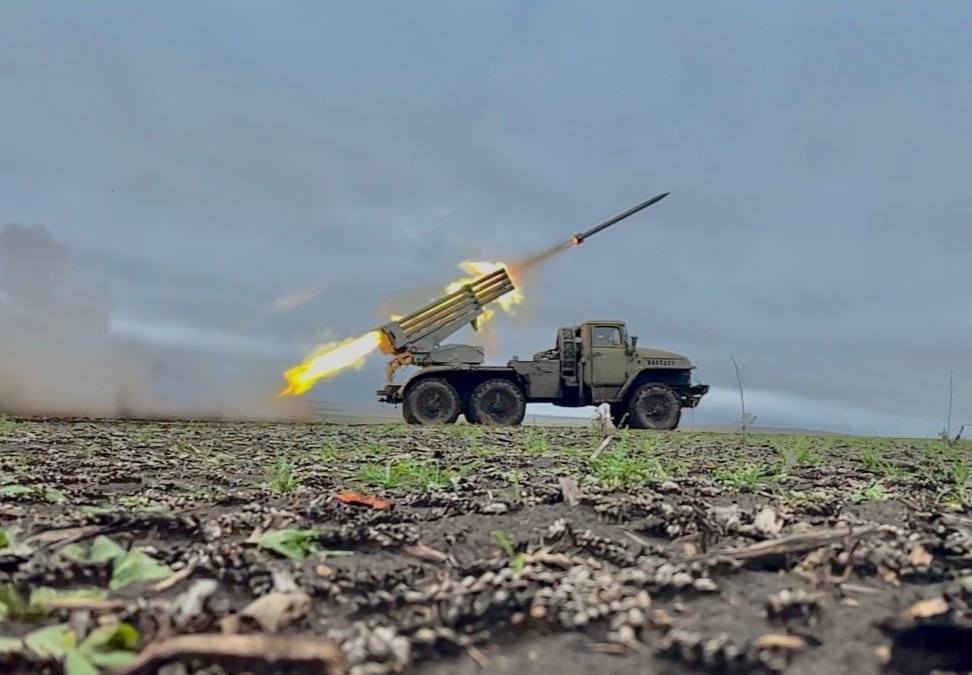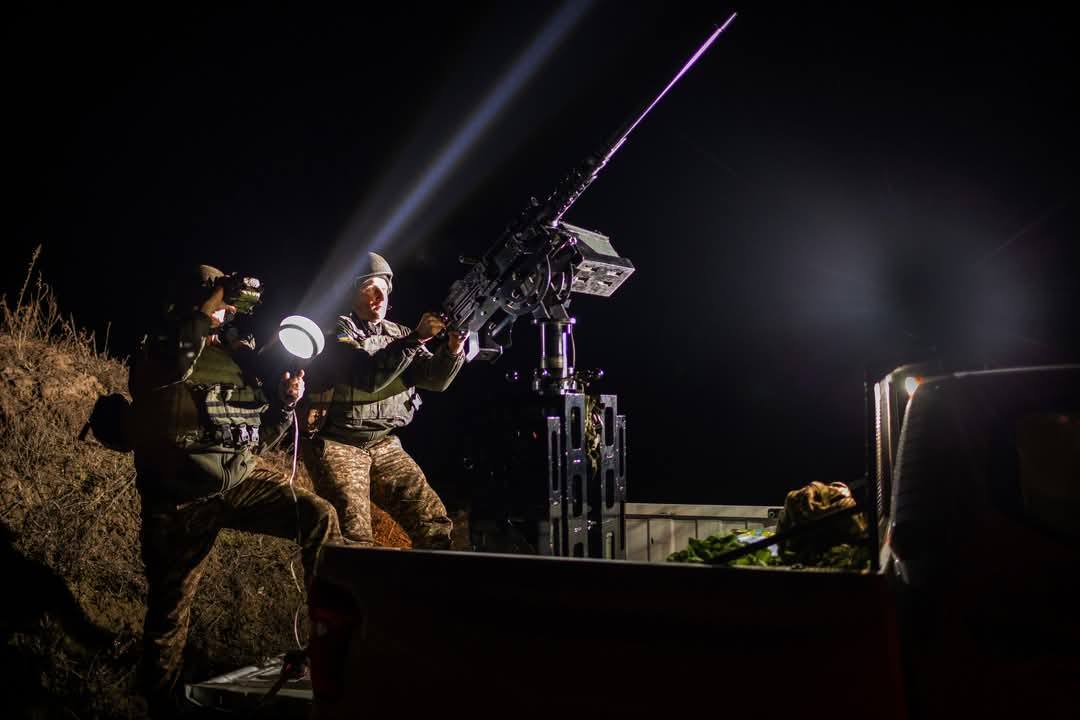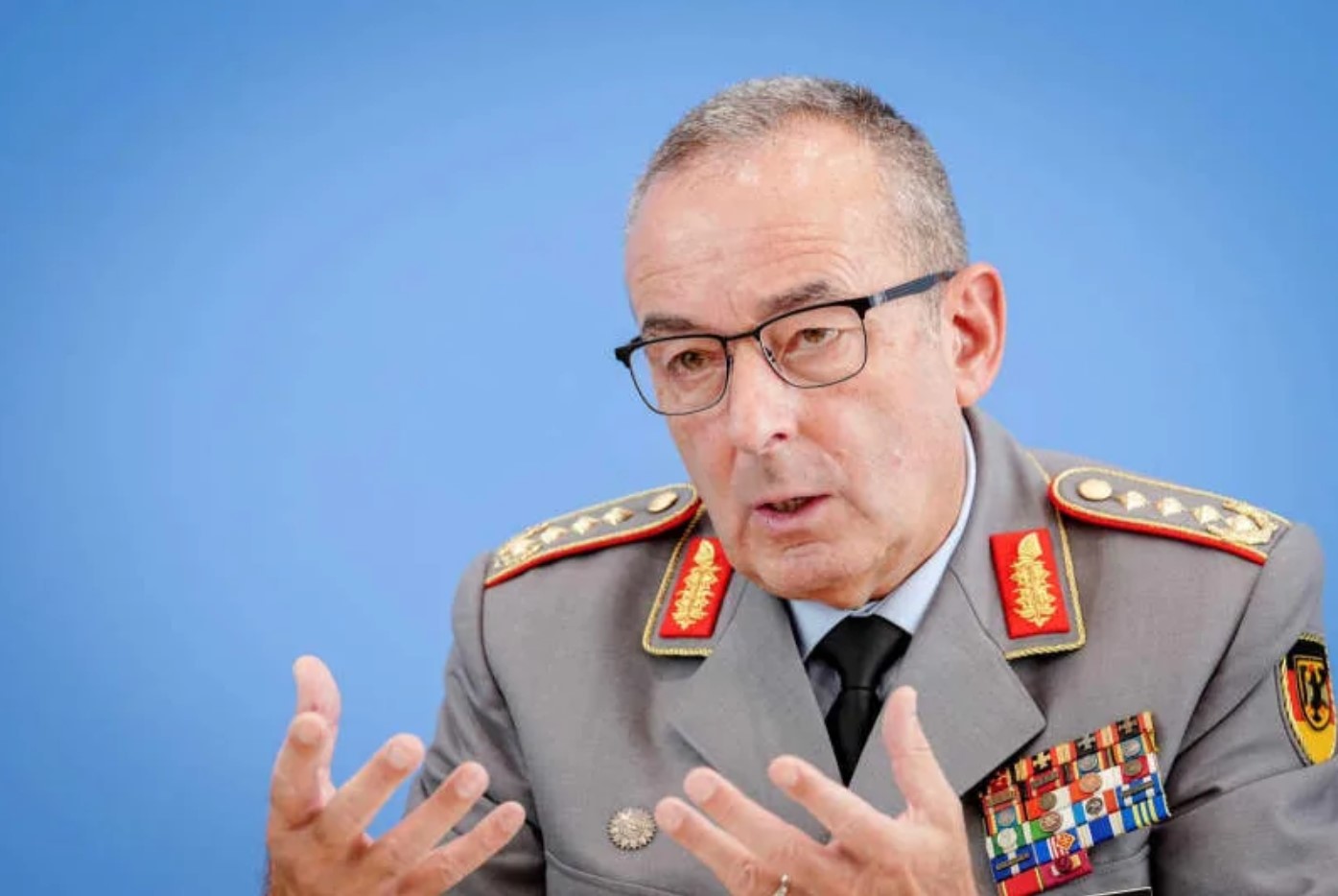by Alexander Kovalenko for OBOZ
After Russia’s full-scale invasion of Ukraine on February 24, 2022, and its actual failure from the very first days, numerous forecasts emerged regarding how this war would develop, how quickly it would end, and with what outcome. However, none of the "definitive" predictions came true. This is because, in addition to its extremely high dynamics, the current war is also characterized by unpredictability.
And yet, after three years, it is possible not only to summarize some results but also to outline the main contours of how the war will continue and what might bring it to an end.
To understand what stage we are currently at and what to expect in the near future, we should recall the not-so-distant year of 2022 and trace the chronology of events—how it all began.
The beginning of the great war
The Russian forces began executing the invasion of Ukraine with forces estimated at between 180,000 and 200,000 troops, according to various sources. This corresponded to 140 fully equipped battalion tactical groups.
Literally a week before the full-scale invasion, in one of my interviews, I stated with full responsibility that Russia would not launch an invasion in the near future, as it had not accumulated enough forces at the borders with Ukraine for such an operation. In my assessment, the Russian army would have been able to concentrate sufficient forces and means by May–early June, and this period should have been the most dangerous.
I was wrong about the timing, as Russia launched the full-scale invasion on February 24, 2022, but my argument about the Russian army's unpreparedness to fight against Ukraine with the forces it had concentrated at that moment was fully confirmed. Even considering the mobilization of the illegal armed formations of the so-called "DPR" and "LPR," which were estimated at around 100,000, the potential of the Russian forces was critically insufficient to implement their plan—capturing territories from Kharkiv to Odessa and controlling the capital, Kyiv.
And such mistakes, primarily in overestimating their own capabilities and underestimating Ukraine’s, have been repeatedly made by the Russian command since 2022.
The Russian forces began the invasion along eight directions at once, each of which was seen by the command of a particular group of troops as key and promising. However, in the end, not a single one brought the result that the Russian forces had initially aimed for.
The Kyiv direction: using the territories of Belarus and Russia, advancing through Sumy and Chernihiv regions, particularly the difficult swampy terrain of Prypiat, the Russian troops managed to reach the Ukrainian capital, but by this stage, they had already exhausted their potential and reserves.
The much-praised by Russian propagandists airborne landing in Hostomel was indeed one of the few successful ones (or rather, one of two successful among more than three dozen failed attempts), but it later turned into a meat grinder for the Russian airborne troops.
At first glance, the Russian forces achieved their greatest success in the south, capturing part of Zaporizhzhia and Kherson regions, subsequently taking control of the only regional center they managed to seize during the entire war—Kherson. However, maintaining control over such an area and continuing an offensive eventually proved too much for the available Russian contingent, leading to the collapse of the southern offensive operation. Later, the Russians fled from Kherson and the right bank altogether, securing themselves behind the natural barrier of the Dnipro River.
Mariupol, which became a symbol of Ukraine’s resistance in 2022, pinned down a significant strike group and prevented a more rapid advance of Russian forces in Donetsk region, which helped Ukraine’s Defense Forces gain time.
Similarly, the Russian offensive on Mykolaiv and their plans to capture Odessa ended in complete failure, despite the Russian Black Sea Fleet being reinforced with large landing ships (LST) for this task.
Unable to conduct amphibious landings due to naval minefields and the threat posed by Neptune anti-ship missile systems, which had not been destroyed in the first days of the full-scale invasion, the Russian forces were quickly forced to abandon this plan, as well as their ambitions to turn Zmiinyi (Snake) Island into a Black Sea stronghold.
The outcome of the first year of Russia’s full-scale invasion of Ukraine was the obvious failure of the Kremlin's plans for a quick war, the first large-scale losses of Russian forces, and their retreat from northern Ukraine, followed by their withdrawal from Kharkiv region and the right-bank part of Kherson region. The Russian troops could not hold the captured territories, and many had an overly optimistic vision of future developments. Meanwhile, Russia was preparing for a positional war, reassessing its capabilities, and betting on a war of attrition and numerical superiority.
Positionality, Stalemate, Stagnation 2023-2024
In September 2022, for the first time in the post-Soviet period, the Russian leadership carried out what was officially called a "partial" mobilization, thereby replenishing its army in the shortest possible time with 300,000 men. Earlier, the Wagner PMC had received unrestricted access to recruit prisoners in Russian colonies, and by January 2023, this structure had grown into a full-fledged army—over 50,000 people.
At the same time, the Russian army began enticing Russian citizens to join by increasing one-time payments, which by the end of 2022 exceeded 500,000 rubles in some regions.
In Ukraine, none of the above was applied throughout 2022, and some Russian initiatives were even ridiculed. Recruiting criminals? Let’s film a funny sketch for another comedy show about it. Offering 500,000 rubles for signing a contract? Let's laugh at the fact that the Russians are going to kill for money, not some lofty ideals. A mobilization law? We don’t have time for that, other concerns are more pressing!
As a result, by 2023, Russia had a quantitative resource that helped them survive the year by transitioning to positional warfare, digging in, and waiting in defense.
The preparation for positionality, adherence to a strategy of resource accumulation for numerical superiority, led the Russian forces to withstand the Ukrainian Defense Forces' counteroffensive in Zaporizhzhia in 2023, bringing it to a standstill after three months and eventually seizing the initiative.
Frankly speaking, at the turn of 2022–2023, the opportunity to strike at the Russian forces when they were still most vulnerable was lost. But, as we saw, the Ukrainian counteroffensive in 2023 began when the Russian forces had had the maximum time to prepare for a strike. The wasted time led to mediocre results in the counteroffensive.
The dispersion of Defense forces also played a negative role, as instead of a focused strike, several directions were chosen, which were not interlinked but were equally well-prepared by the enemy for defense.
The Orikhiv, Vremivka directions, and the southern flank of Bakhmut became places of excessive resource expenditure and a deadlock situation, as described by Valeriy Zaluzhnyi in his piece for The Economist—highlighting how Ukraine can win in modern positional warfare. However, he failed to specify that it was due to the inaction of the Ukrainian side that the Russian forces was allowed to accumulate human resources and prepare for positional warfare.
The frontline froze for a while, but this was merely the calm before the storm. The trigger for the Russian forces was the process of blocking aid to Ukraine in the US Congress by the Trumpist wing of the Republican Party.
In October 2023, Russians launched an offensive on the Avdiivka direction, concentrating one of the largest strike groups there, considering the length of the active front, and eventually becoming active on almost all sections of the front line.
Russian forces began a major offensive on multiple directions, feeling superiority over the Ukrainian side. However, just like in the summer of 2023, the Ukrainian Defense Forces underestimated the enemy, becoming entangled in a meat grinder, which became the bloodiest for the Russian army in its entire history and, indeed, more so than during the entire existence of the Soviet Army after World War II.
The large-scale offensive that began in October 2023 continued throughout 2024. Russian forces captured approximately 3,325 km² of Ukrainian territory. Meanwhile, the losses of the Rusian forces amounted to:
– Personnel: 430,790 people;
– Tanks: 3,689 units;
– Armored vehicles: 8,956 units;
– Towed artillery: 13,050 units;
– MLRS: 310 units;
– Air defense systems: 407 units;
– Motor vehicles: 21,345 units;
– Special vehicles: 2,396 units.
In 2023, the Ukrainian army began a counteroffensive, which, despite the ratio of enemy losses, could be considered partially successful (since the Russian forces suffered far greater losses than the advancing Ukrainian forces), but it was ultimately called off due to obvious problems. Russian forces, however, despite growing losses each month and problems with breaking through Ukrainian defense lines, did not stop. The result was catastrophic loss figures for the Russian forces in 2024, with minimal territorial gains—just 3,325 km², which is 20 times less than in 2022.
At the end of 2023, the Ukrainian command, taking into account a thorough and adequate analysis of the enemy's potential, chose a defensive strategy aimed at exhausting the opponent. With no illusions about a counteroffensive in 2024, the goal was to defend on all fronts to maximize enemy losses.
And today, we can see that excessive losses have led the Russian forces to stagnation on several fronts. The front line in Zaporizhzhia froze. The Seversk direction is in a state of suspended animation. The northern part of Kharkiv region, from Liptsi to Vovchansk, is completely stagnant. Only a few directions remained active, and by the end of 2024, a wave-like pattern in the ROF's storming actions became evident, emphasizing the gradual depletion of their potential.
Thus, the Russian epic offensive transitioned into a state of stagnation, unable to cope with Ukraine's positional warfare.
Storm-2025
By the end of the third year of the full-scale war, we find ourselves in a situation of partial foreign-policy uncertainty, primarily related to our main partner – the United States. Russia is trying to exploit this, catalyzing events both in the battle zones and on the geopolitical stage. The goal is to sow panic, depression, disbelief, and defeatism to pressure Ukraine into an unfavorable, fatal "peace."
Russia today is as exhausted as it was in the fall of 2022, and critically needs a pause, a breather, to accumulate resources and prepare for a new push in about a year and a half.
The situation today is virtually identical to the end of 2022 when accumulating human resources to hold the occupied territories was crucial for Russia, which is why it is accelerating the negotiation processes in hopes of obtaining a break as soon as possible.
Meanwhile, despite seemingly unfavorable positions for Ukraine at the end of the third year of the full-scale war, we have gained several advantages in the war with Russia – from maintaining control over most of our territory, to stalling and exhausting Russian forces, to opening up the Kursk battlefront.
At the same time, we are systematically delivering painful strikes on Russian territory with strike drones, which is also putting pressure on the Russian economy, particularly in terms of oil product exports.
Forecasts predicting that Ukraine could be left without U.S. aid in 2025 are causing additional waves of panic, although our country already survived without American aid during the 2023-2024 period – for six months. The difference is that back then, Russia was advancing because it could afford to, but now it is advancing because it has no choice – it needs just a breather.
In the context of the evolving dispositions and prospects for the fourth year of the war, we can confidently say that the continuation of active hostilities will exhaust Russia even further, and the first half of 2025 could prove to be a fatal turning point for it.
For Ukraine, U.S. aid will play a role only in terms of advancing the possibility of transitioning to more active offensive actions on the front – meaning a counteroffensive. If aid is provided, this will happen sooner; if not, it will happen later, but it will happen.
Ukraine’s achievement after three years of full-scale war has been not only maintaining statehood but also virtually nullifying the potential of the Russian army. The task for the fourth year, based on an analysis of the achievements and mistakes of the previous period, could very well be the beginning of the Russia’s defeat.





















